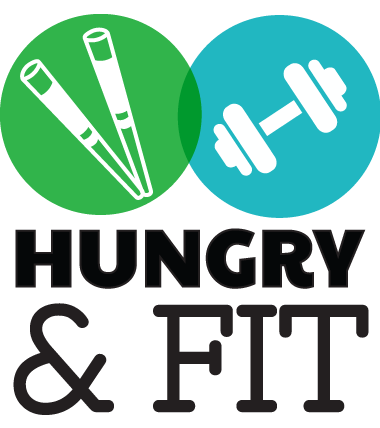[Please enjoy a guest article from former NFL player, Chris Gronkowski!]
Starting a new diet can be a difficult adjustment and part of the change involves becoming accustomed to a new routine and way of thinking about food. Counting calories is an accurate but sometimes challenging method for tracking what you consume each day. If your goal is to lose weight, you’ll want to record how many calories you eat and work to burn off more calories. For some people, this dieting method is tedious and easy to forget about. But those willing to stick to a strict approach may want to take it one step further and experiment with counting their macro calories.
What Is a Macro Diet?
Following a macro diet is similar to the process of counting calories but, instead, you must focus on tracking how much you consume of the three macronutrients—protein, carbohydrates and fats. One of the major benefits of counting macros is that you are compelled to consume only foods that are fueling your body in some respect. For example, if you were on a calorie-counting diet, you could eat a bag of potato chips as long as you write down the calorie count. But, with a macro-counting diet, you would want to replace the chips with a food heavier in protein, carbs or fats.
Macronutrients are vital to our body’s well-being, and they can be found in nearly every food. Most items though are classified by whichever macronutrient they have the most of—for example, beef is considered a protein even though it also contains fats. Counting macros has been a popular practice amongst athletes for many years but, as of late, people have found this method to be a beneficial way to hold themselves to healthy eating habits.
Continue reading…








